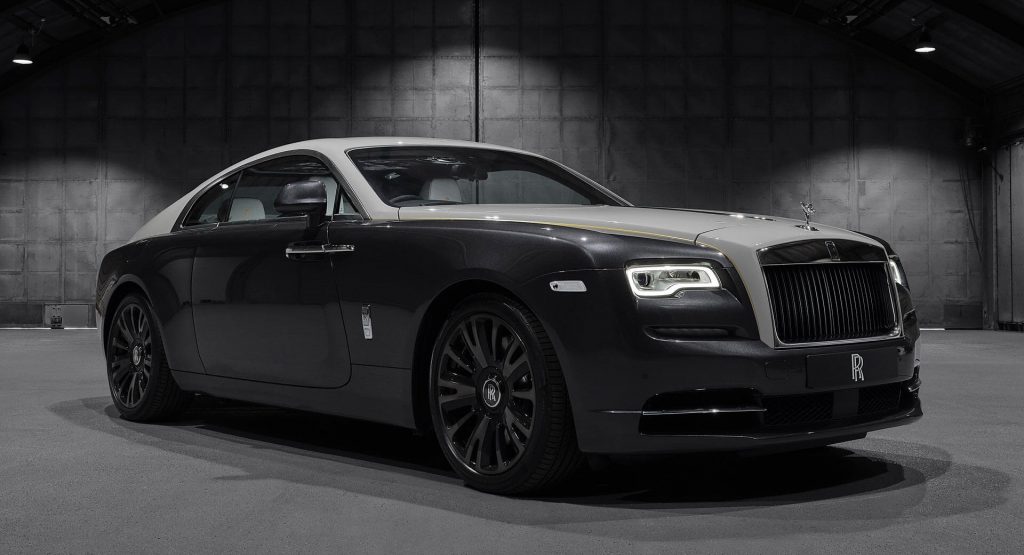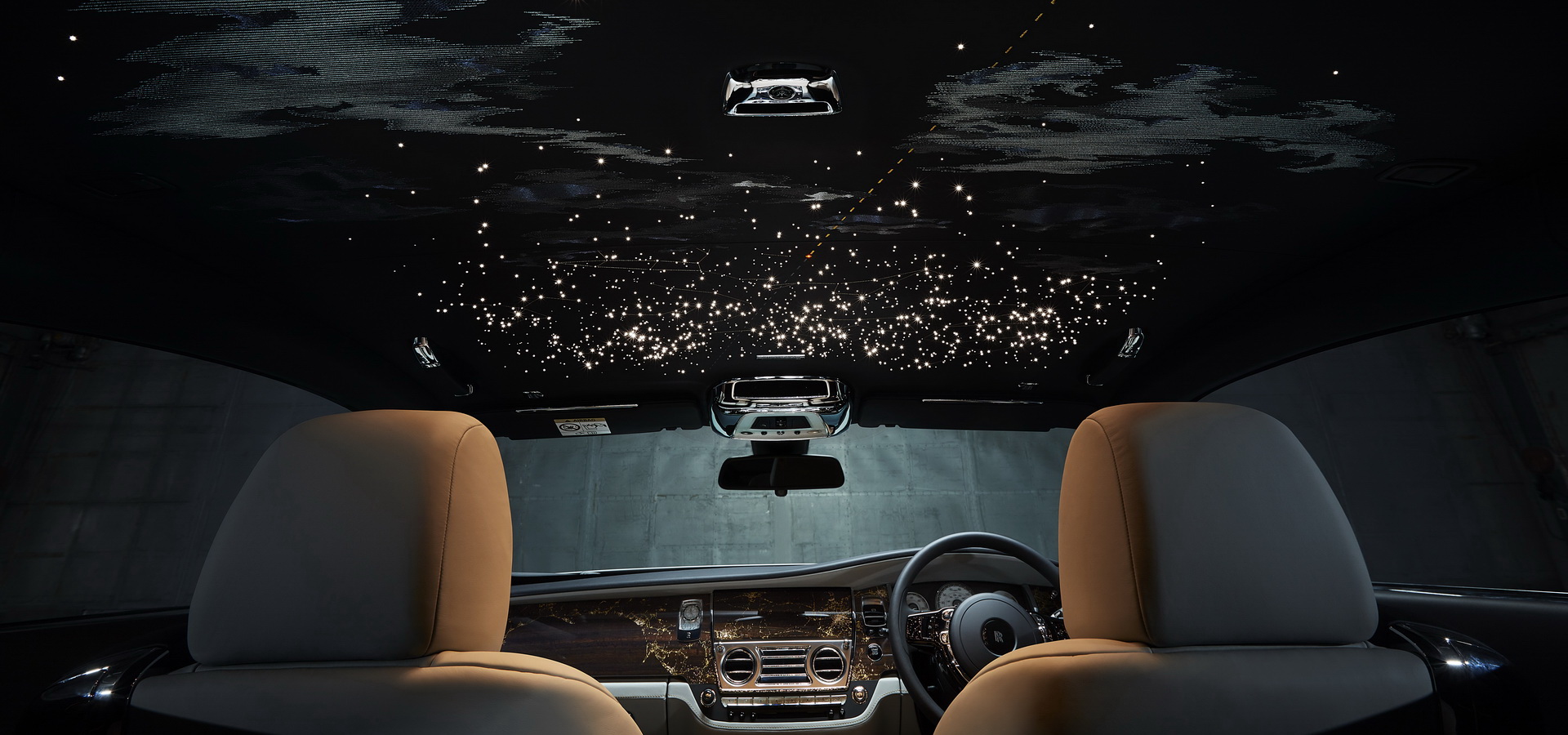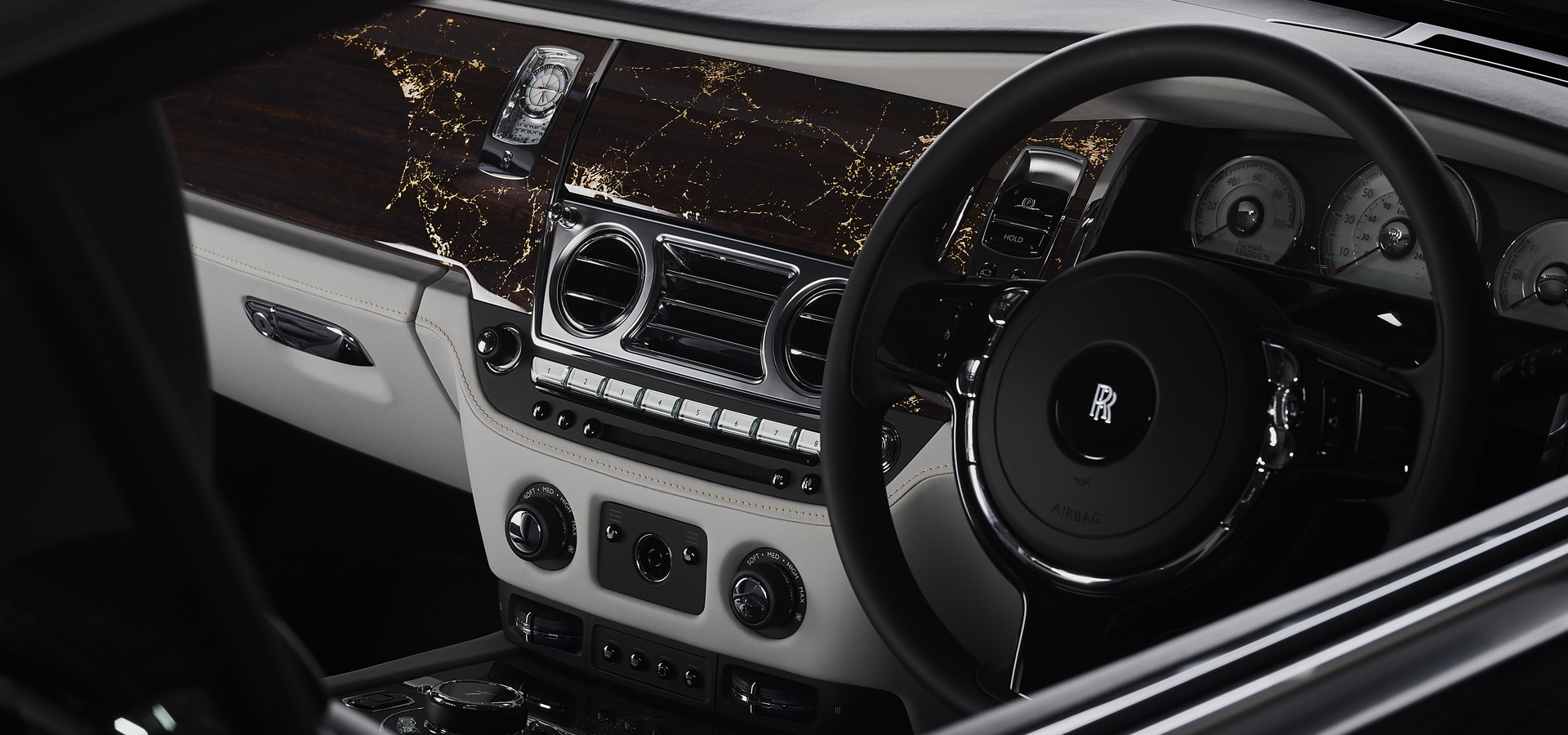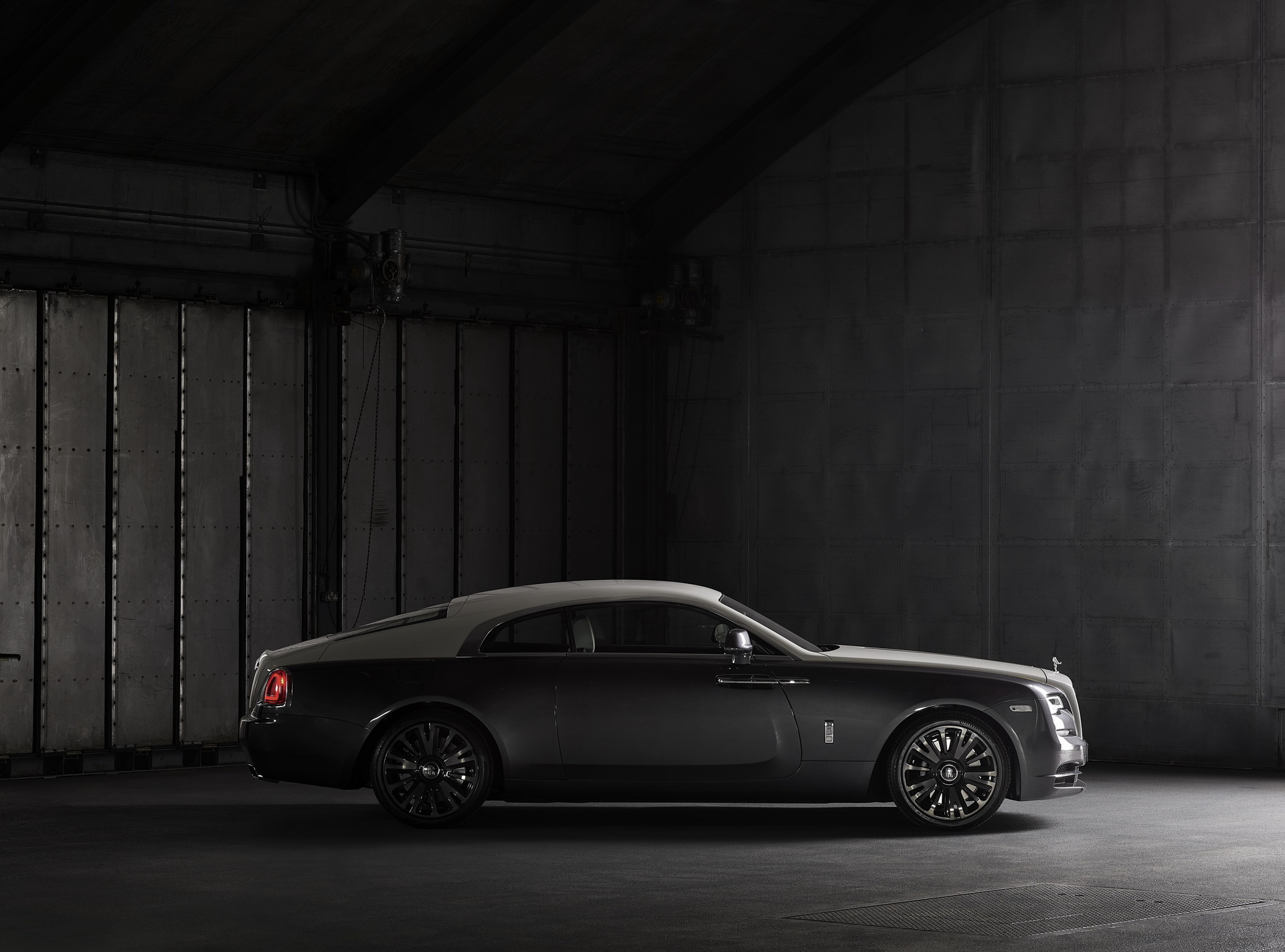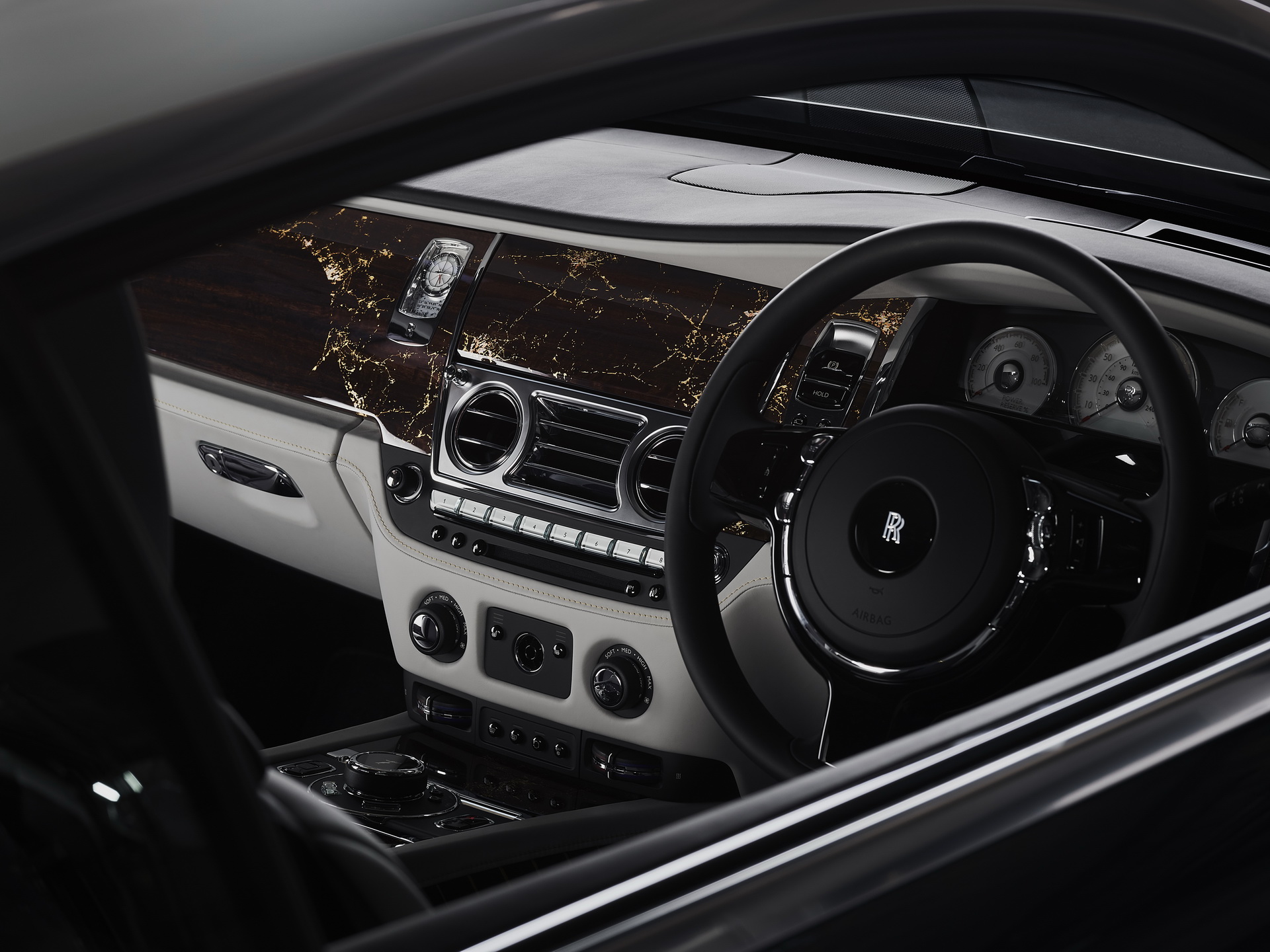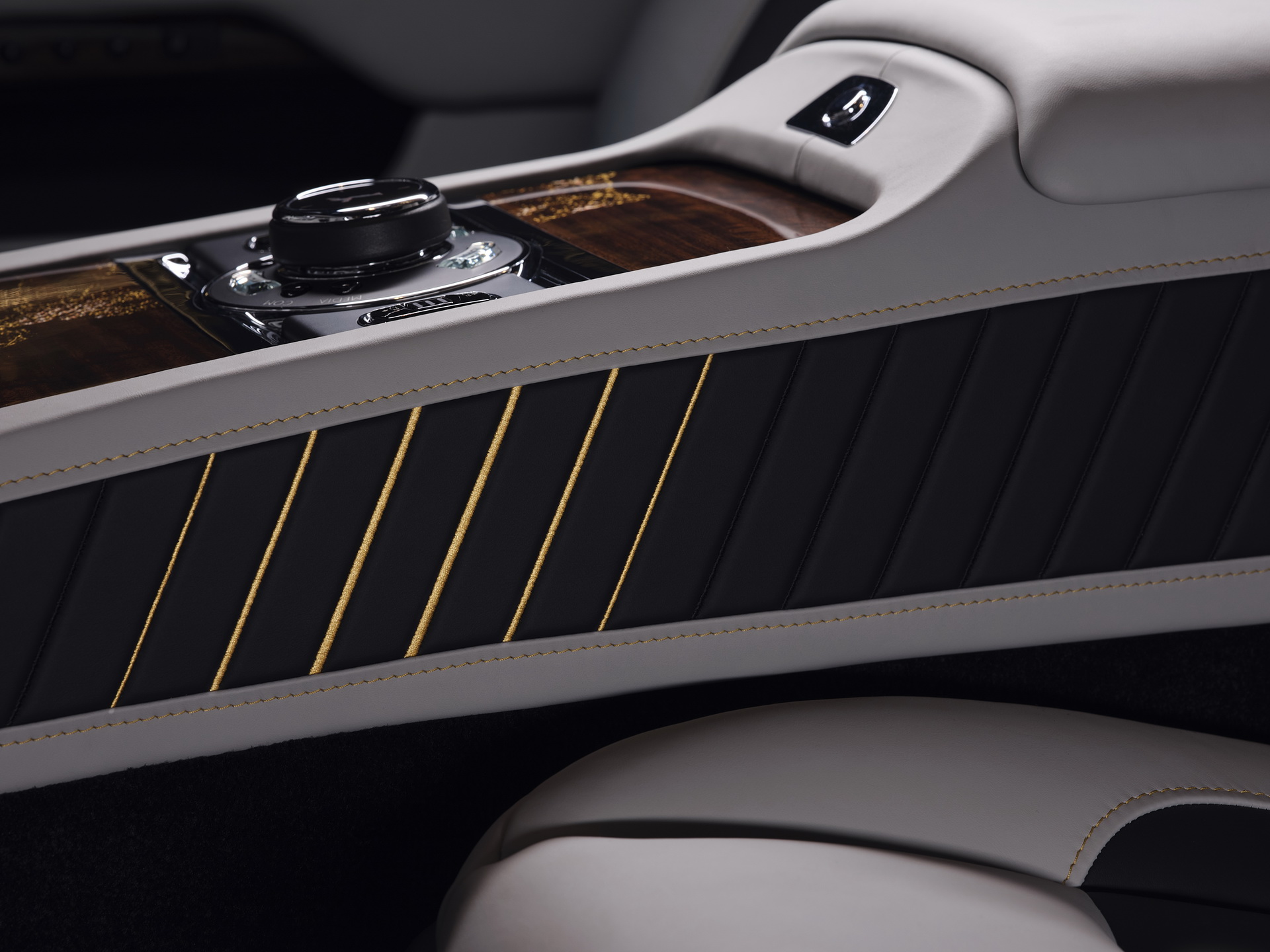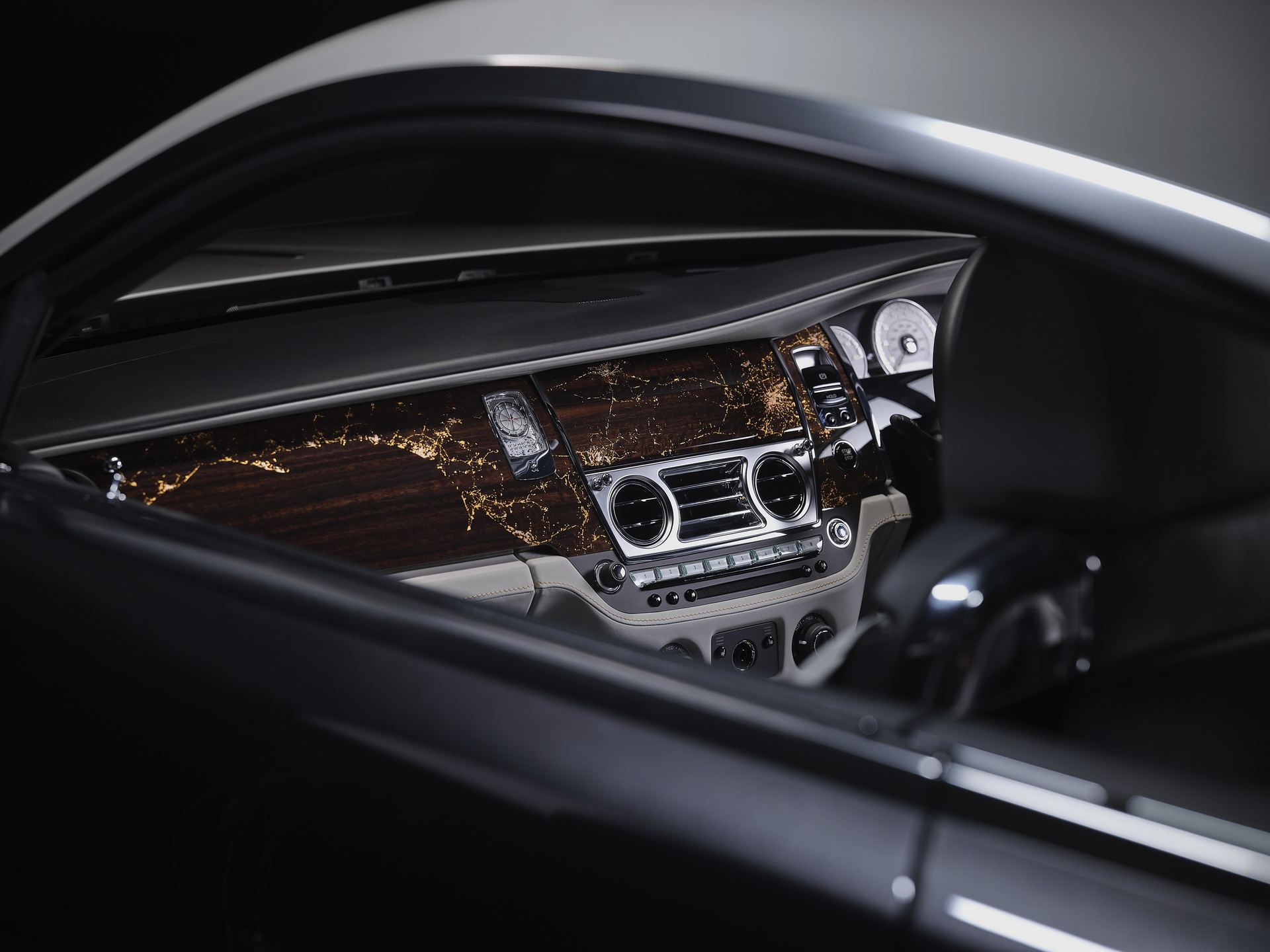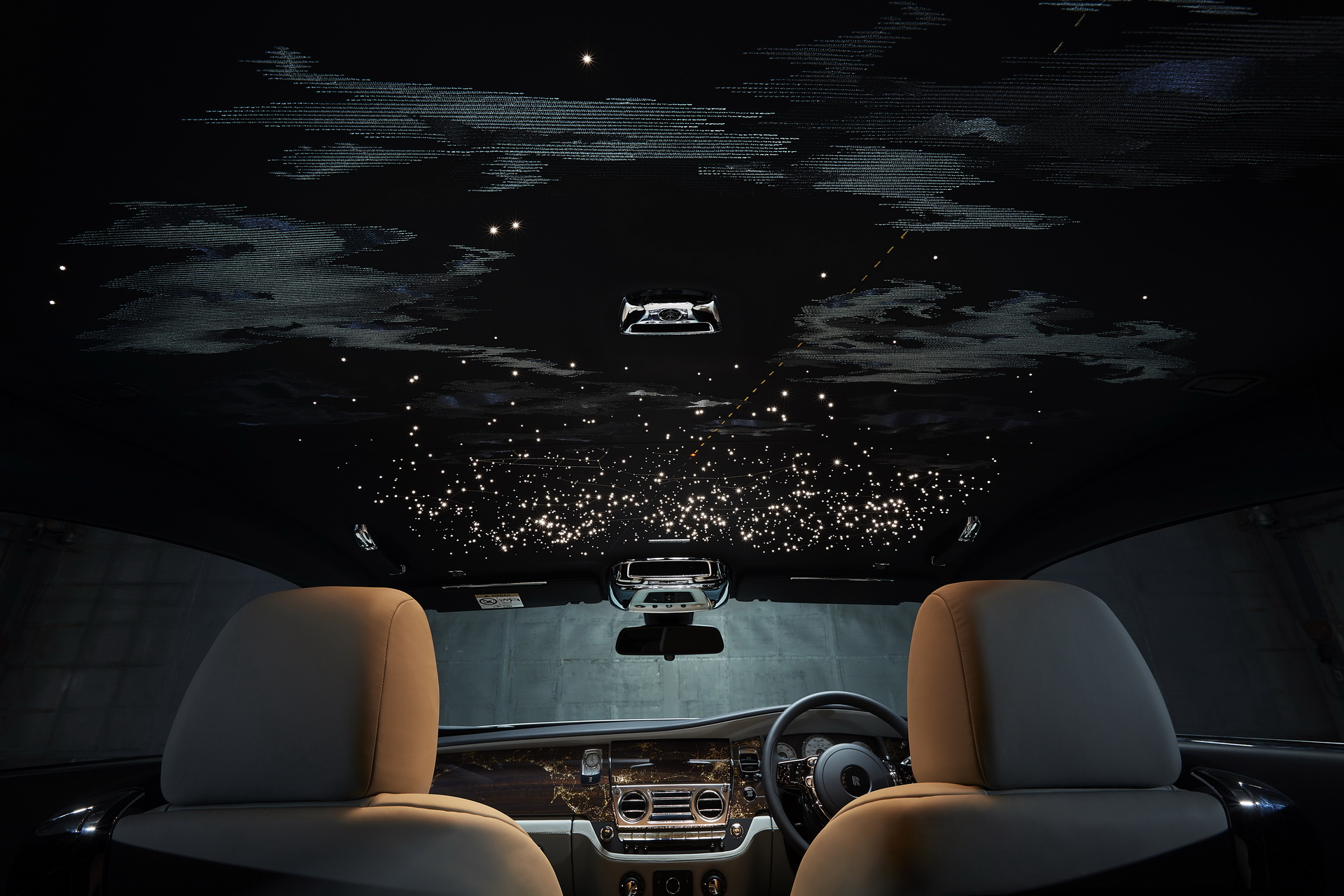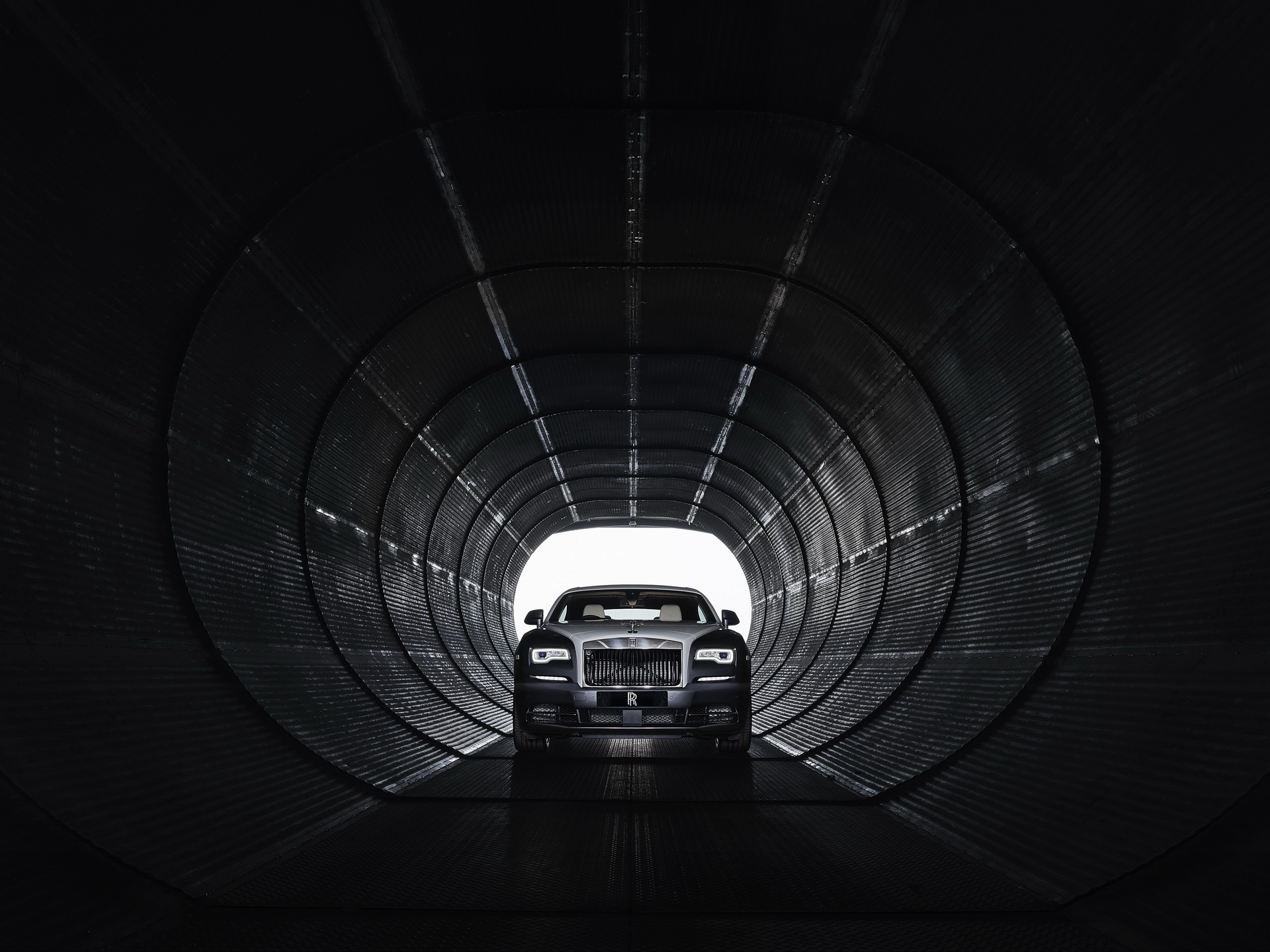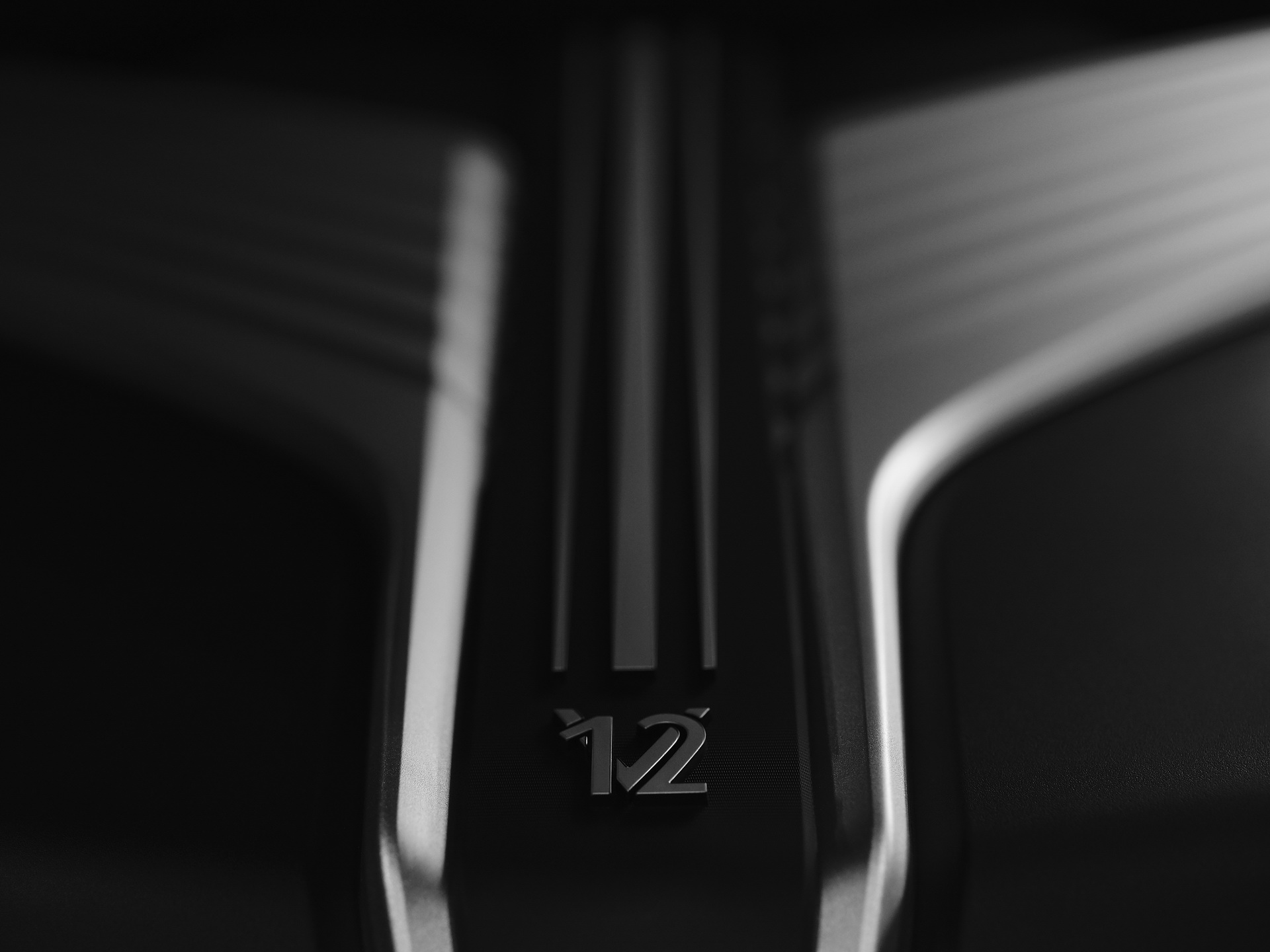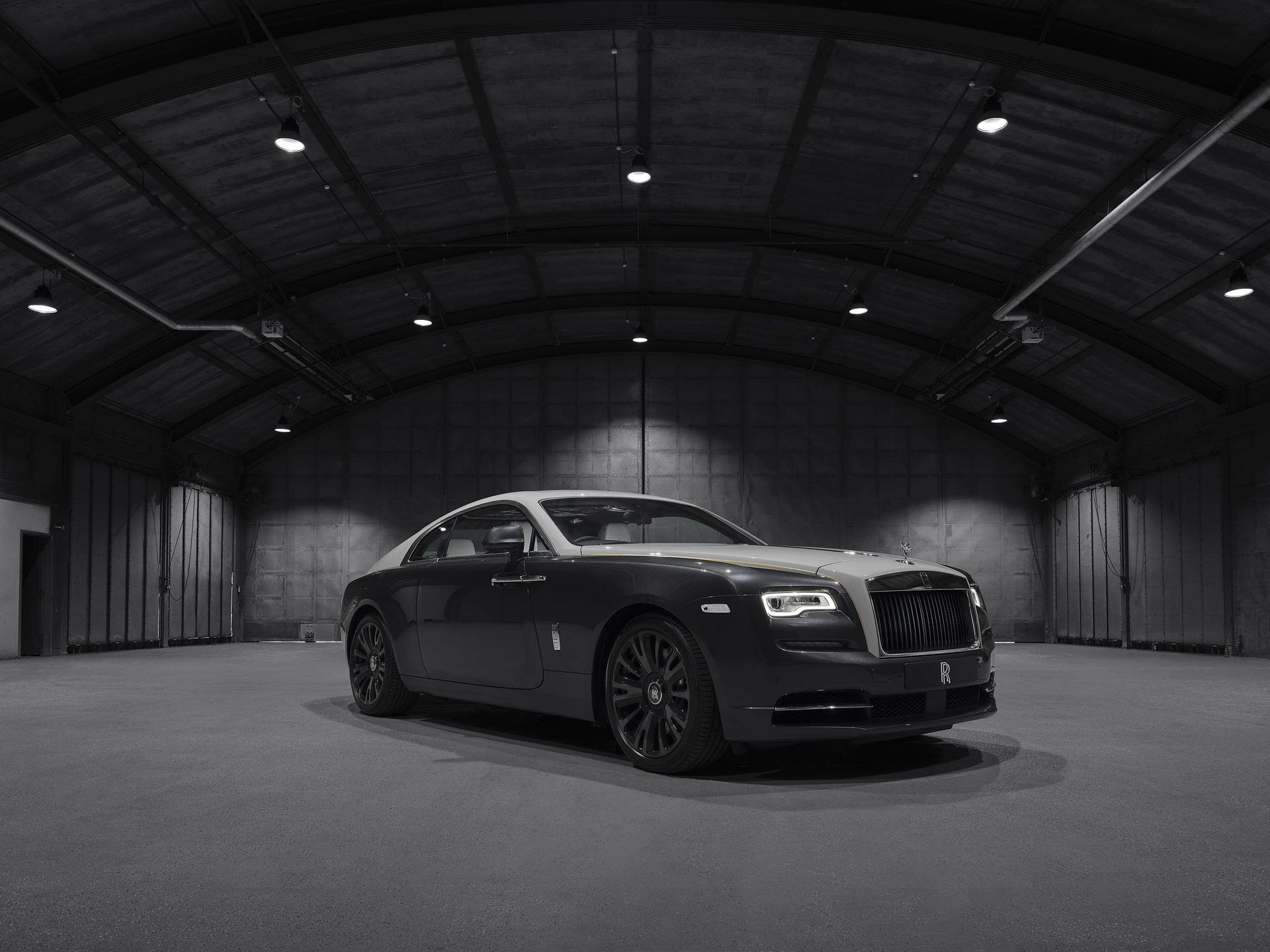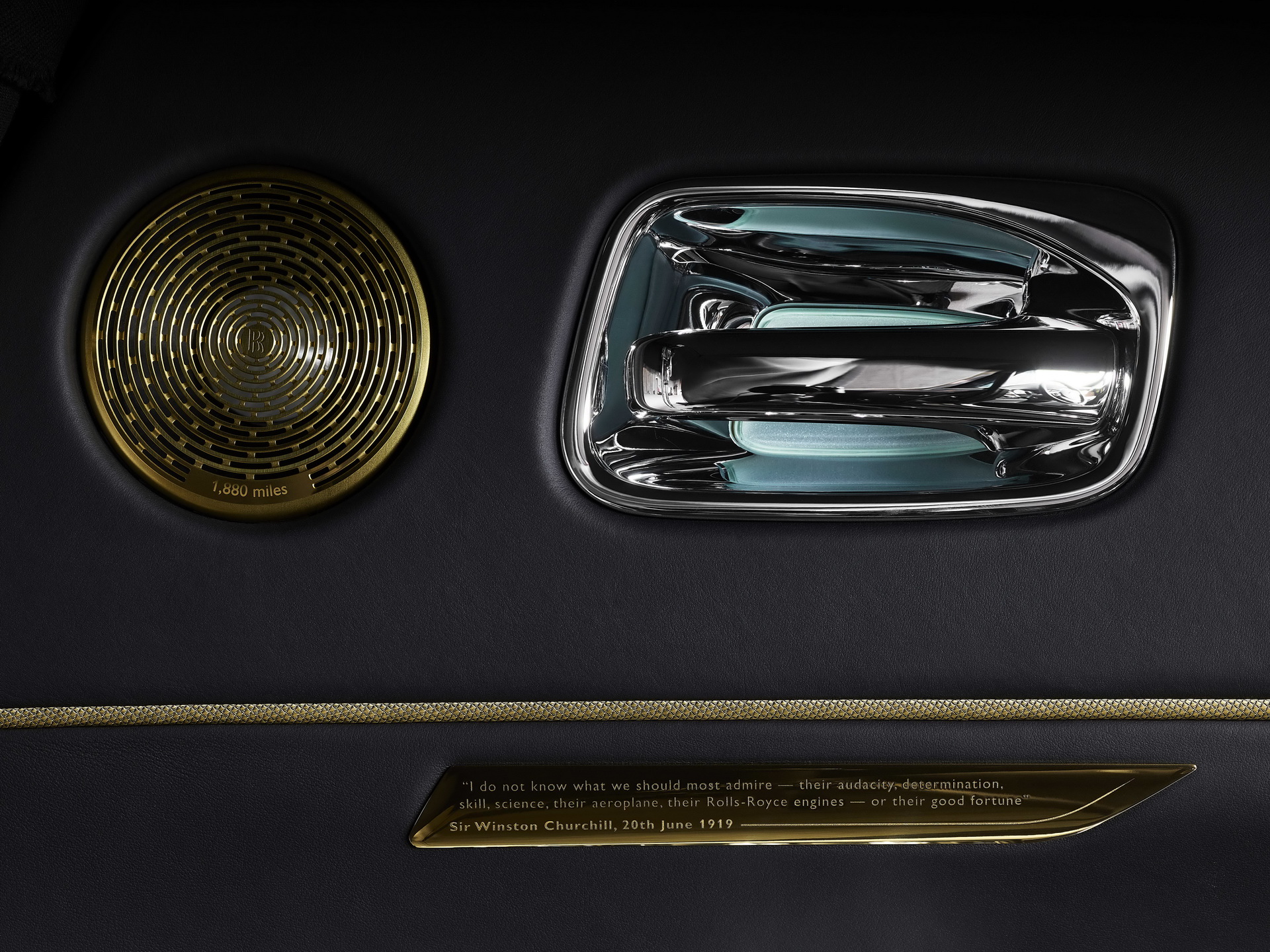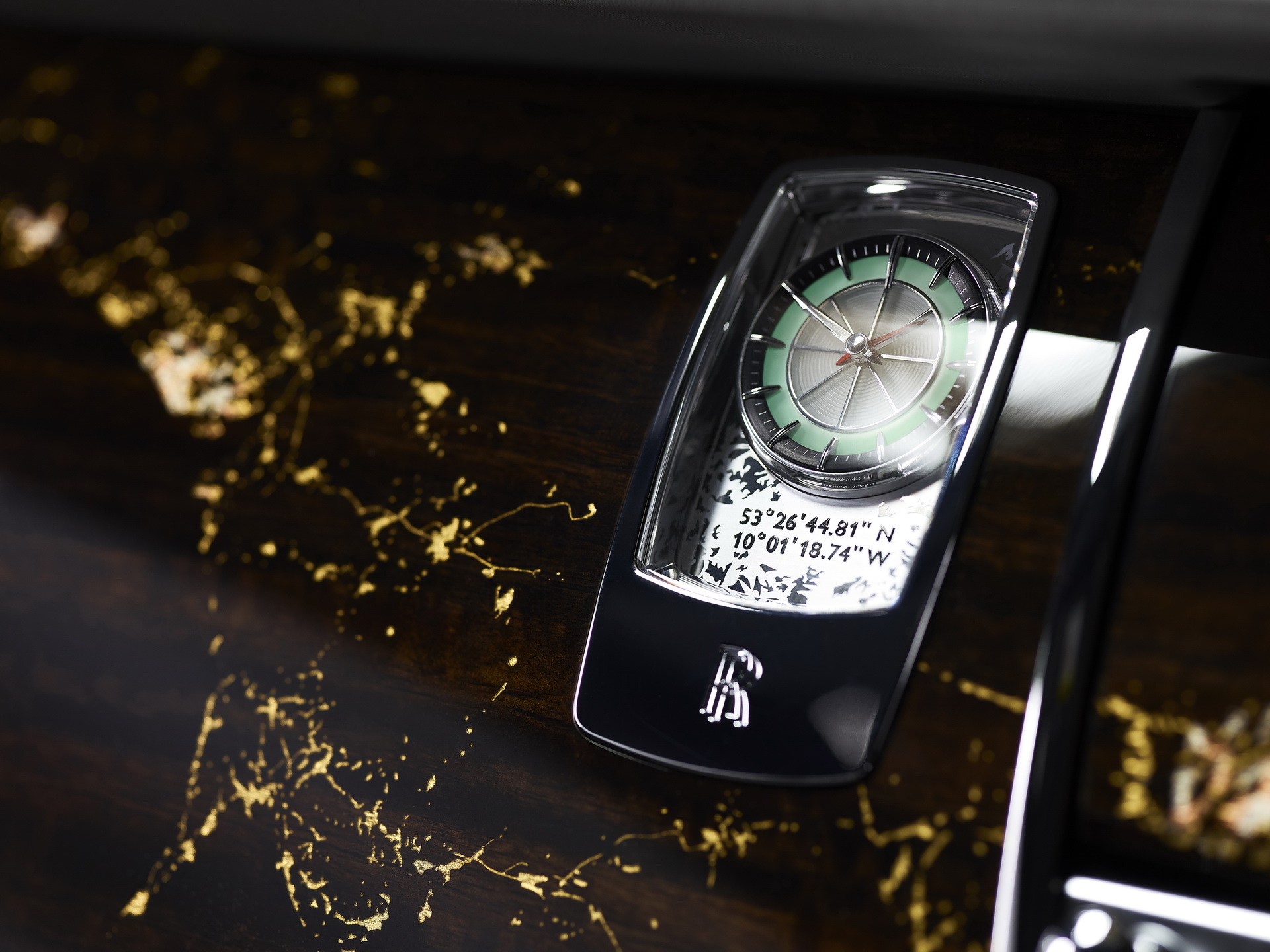The Wraith Eagle VIII is Rolls-Royce’s latest Collection Car, scheduled to be unveiled at this year’s Concorso d’Eleganza Villa d’Este, May 24-26, on the shores of Lake Como.
The nameplate will have a limited production run of just 50 units, with each car telling the epic tale of one of “one of the most pivotal moments of the 20th century,” – the first non-stop transatlantic flight, which occurred in June of 1919 with Alcock and Brown on board.
A modified first World War Vickers Vimy bomber aircraft was used for the task, powered by twin 20.3-liter, 350 HP Rolls-Royce Eagle VIII engines, hence the name of the limited edition Wraith.
“I do not know what we should most admire – their audacity, determination, skill, science, their aeroplane, their Rolls-Royce engines – or their good fortune,” – this quote by Sir Winston Churchill can be found on the door panels of the luxury coupe.
The transatlantic voyage was not without its perils. In fact, the plane’s radio and navigation instruments failed almost immediately, forcing the pilots to “fly by the stars” in order to reach the coast of Ireland from their departure location in St. John’s, Newfoundland. In the end, the Rolls-Royce Eagle VIII engines were the only components that worked without fault.
Also read: Rolls-Royce’s New Champagne Chest Costs More Than A New BMW Sedan
“Wraith Eagle VIII is at once an object of desire; an homage to heroes and a protagonist to today’s visionaries. This Rolls-Royce Collection demonstrates the extraordinary skill of our Bespoke Collective at the Home of Rolls-Royce in Goodwood, West Sussex. Bespoke remains the jewel in the crown of the marque, creating luxury items that defy the trend of mass luxury manufacturers using ‘tick-box’ options to answer customer demand,” stated Rolls-Royce boss Torsten Müller-Ötvös.
All about the journey
The exterior of the Wraith Eagle VIII Collection car is meant to reflect Alcock and Brown’s night time adventure. The body features a two-tone Gunmetal and Selby Grey aesthetic, while the black grille vanes are in reference to the Eagle VIII engine cowling on the aircraft. Meanwhile, the wheels are part polished with a translucent shadow finish.
Yet, it’s the interior that’s received the most attention to detail, with Selby Grey and black leather throughout, ‘RR’ monograms embroidered in brass colored thread onto the headrests, a brass plaque with Churchill’s quote and Smoked Eucalyptus wood (vacuumed metalized in gold before being inlaid with silver and copper). This last detail was meant to depict night-time images of the Earth as seen from the Sky.
Other bespoke elements include the brass-stitched quilted sides of the center tunnel that provide a nod to the V12 engined Vickers Vimy, the iced background of the clock which glows faint green during night time (to reflect the plane’s instrument panel being frozen at high altitude and the only illumination coming from the green glow of the control panel lighting), and of course the unique starlight headliner, boasting no fewer than 1,183 starlight fibers showing the celestial arrangement at the time of the flight in 1919.
“The celestial arrangement at the halfway point 00:17 am June 15th, 1919, 50″ 07′ Latitude North – 31″ Longitude West” represented the halfway point of the journey.



